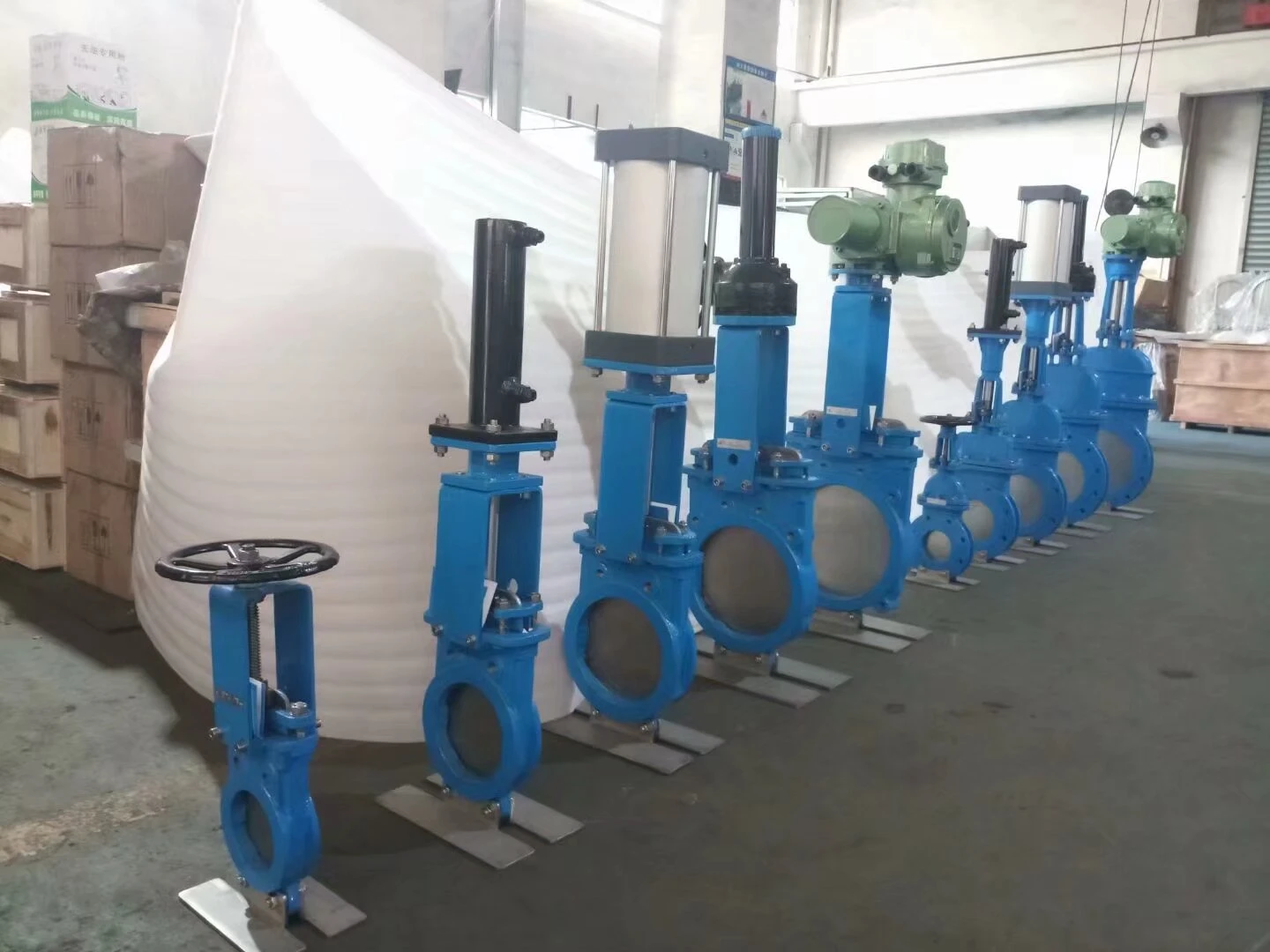foot valve for hand pump
The Importance of Foot Valves for Hand Pumps
In various industrial and agricultural applications, hand pumps play a crucial role in transporting fluids from one location to another. Among the multitude of components that contribute to the efficient operation of hand pumps, foot valves stand out as essential devices that greatly enhance functionality and performance. This article aims to explore the significance of foot valves, their mechanics, and the benefits they provide to hand pump systems.
Understanding Foot Valves
A foot valve is a type of check valve installed at the inlet of a hand pump. Its primary function is to maintain suction and prevent the backflow of fluid when the pump is not in operation. Essentially, the foot valve ensures that the pump remains primed, allowing for easier and more efficient operation when the user starts to pump again.
How Foot Valves Work
Foot valves operate on the principle of allowing fluid flow in only one direction. They are equipped with a flexible seal or flapper that opens when the pump is in use, allowing liquid to flow into the pump. However, when the pump is not being operated, the flapper closes, creating a seal that prevents fluid from flowing back into the well or reservoir. This mechanism is crucial in maintaining the pressure in the suction line, which significantly reduces the effort required by the operator to start pumping again.
Benefits of Using Foot Valves in Hand Pumps
1. Enhanced Efficiency By preventing backflow, foot valves ensure that the hand pump remains primed. This means that operators can start pumping immediately without the need for lengthy preparation or repeated priming. As a result, the pumping process becomes quicker and more efficient.
foot valve for hand pump

2. Reduced Wear and Tear Foot valves help minimize the wear and tear on the hand pump and its components. By ensuring a consistent flow of fluid and preventing air from entering the system, they help decrease the strain on the pump, prolonging its lifespan and reducing the need for repairs.
3. Improved Safety In certain applications, such as those involving chemicals or fluids under pressure, foot valves provide an added layer of safety. By preventing backflow, they reduce the risk of hazardous materials escaping the system, protecting both the operator and the environment.
4. Versatility Foot valves are suitable for a wide range of applications, including agriculture, irrigation, construction, and even domestic water supply systems. They can be used with various types of hand pumps, making them a versatile addition to any fluid transport system.
5. Cost-Effectiveness While there is an initial investment in installing a foot valve, the long-term benefits often outweigh the costs. By improving the efficiency of hand pumps, reducing maintenance needs, and prolonging the life of pumping equipment, foot valves can contribute to significant cost savings over time.
Choosing the Right Foot Valve
Selecting the appropriate foot valve for a hand pump involves considering several factors such as the type of fluid to be pumped, the diameter of the suction line, and the specific requirements of the pump system. It is essential to choose a foot valve made from materials compatible with the fluid being transported, as this will enhance durability and prevent corrosion.
Conclusion
Foot valves are a vital component in hand pump systems, offering numerous benefits that optimize efficiency, safety, and cost-effectiveness. Their ability to maintain suction and prevent backflow makes them indispensable in various applications. As industries continue to evolve and seek more efficient ways to handle fluid transport, the importance of foot valves will only continue to grow. By understanding their function and benefits, operators can make informed decisions about their pumping systems, ultimately leading to improved performance and reliability in their operations.
-
The Key to Fluid Control: Exploring the Advantages of Ball Valves in Industrial SystemsNewsJul.09,2025
-
The Versatile World of 1, 2, and 3 Piece Ball ValvesNewsJul.09,2025
-
Stainless Steel Ball Valves: The Ideal Choice for Efficient Flow ControlNewsJul.09,2025
-
Optimizing Fluid Control with Ball Float ValvesNewsJul.09,2025
-
Manual Gate Valves: Essential for Control and EfficiencyNewsJul.09,2025
-
Everything You Need to Know About Butterfly ValvesNewsJul.09,2025
-
The Versatility of Wafer Type Butterfly ValvesNewsJul.08,2025




